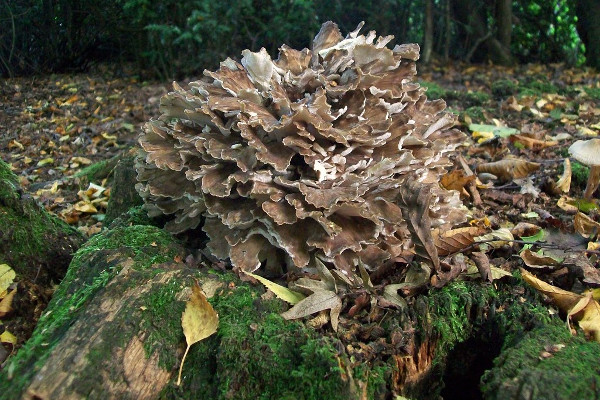As you ponder the prime time for mushroom foraging, consider the factors influencing mushroom growth. Understanding the best conditions can lead you to the ideal month for a fruitful hunt.
So, which month stands out as the best window for mushroom foraging? Stay tuned to uncover the secrets behind this seasonal delicacy.
Overview of Mushroom Foraging Seasons
Understanding the seasonal patterns is important for successful mushroom foraging. Morel mushrooms can be found in the spring, while chanterelles and oyster mushrooms thrive in the summer.
Porcini mushrooms are abundant in the fall, and winter chanterelles can still be found in certain regions during the winter. Adapting to these seasonal changes allows for year-round enjoyment of mushroom foraging.
Factors Influencing Mushroom Growth
Factors like weather, humidity, soil acidity levels, and sunlight exposure significantly impact mushroom growth.
Let’s explore how these factors influence the fascinating world of mushroom development.
Weather and Humidity
Key points to keep in mind for mushroom foraging:
- Mushrooms thrive in high humidity environments.
- Regular rainfall before foraging creates ideal conditions.
- Temperature fluctuations, like cooler nights, stimulate mushroom growth.
- Early morning dew provides essential moisture for flourishing mushrooms.
Soil Acidity Levels
Maintaining optimal soil acidity is crucial for healthy mushroom growth in your foraging areas. Mushrooms require specific pH levels to thrive, so it’s important to adjust the soil pH accordingly. Here are the recommended soil pH ranges for different types of mushrooms:
| Mushroom Type | Perfect Soil pH Range |
|---|---|
| Chanterelles | 5.5-6.5 |
| Morels | 6.0-6.8 |
| Porcini | 7.0-7.5 |
| Oyster Mushrooms | 6.0-7.0 |
Sunlight Exposure
To optimize sunlight exposure for your mushrooms, look for spots with dappled sunlight instead of direct sunlight, as it can be too harsh for some varieties.
Morning sunlight is milder and beneficial for mushroom growth, so aim for areas with some light filtering through.
Rotate your foraging spots to ensure mushrooms receive an adequate amount of sunlight over time.
Best Month for Mushroom Hunting
For optimal mushroom hunting success, target the peak months when fungi are abundant and diverse. The best time to go mushroom hunting is during the fall months, particularly from September to November, when mushrooms thrive in the ideal conditions of moisture and temperature.
Creat a table of the peak months for different types of mushrooms – best foraging months for each
| Mushroom Type | Peak Foraging Months |
|---|---|
| Morel | April, May |
| Chanterelle | June, July |
| Porcini | September, October |
| Oyster | October, November |
| Hen of the Woods >> read more | September, October |

Focusing your efforts during these peak months increases your chances of finding a variety of mushrooms and enjoying a successful hunt. Always forage responsibly and be knowledgeable about the different types of mushrooms you’re seeking. Happy hunting!
Top Locations for Mushroom Foraging
To discover prime mushroom foraging locations, explore a variety of habitats for a diverse range of species. Here are top spots to find different mushrooms:
- Deciduous Forests: Search oak or beech forests for chanterelles and porcini.
- Coniferous Forests: Look in pine or spruce forests for morels and hedgehogs.
- Grassy Meadows: Explore grassy meadows for fairy ring mushrooms or field blewits.
- Mixed Woodlands: Hunt for oyster mushrooms and chicken of the woods in mixed woodlands with various tree species.
Tips for a Successful Foraging Trip
To have a successful foraging trip, familiarize yourself with local mushroom species and their preferred habitats. Research information on their appearance and where they grow, like morel mushrooms near dead elms.
Plan your trip during the best month for mushroom hunting in your region, such as May for morels in the Midwest. Pay attention to the environment, weather, and signs of mushroom growth, like spotting chanterelles after rain.
Harvest mushrooms responsibly by leaving some behind for sustainable growth. Connect with other foragers to share tips, locations, and experiences for a richer journey, like sharing a new mushroom spot with a fellow enthusiast.



